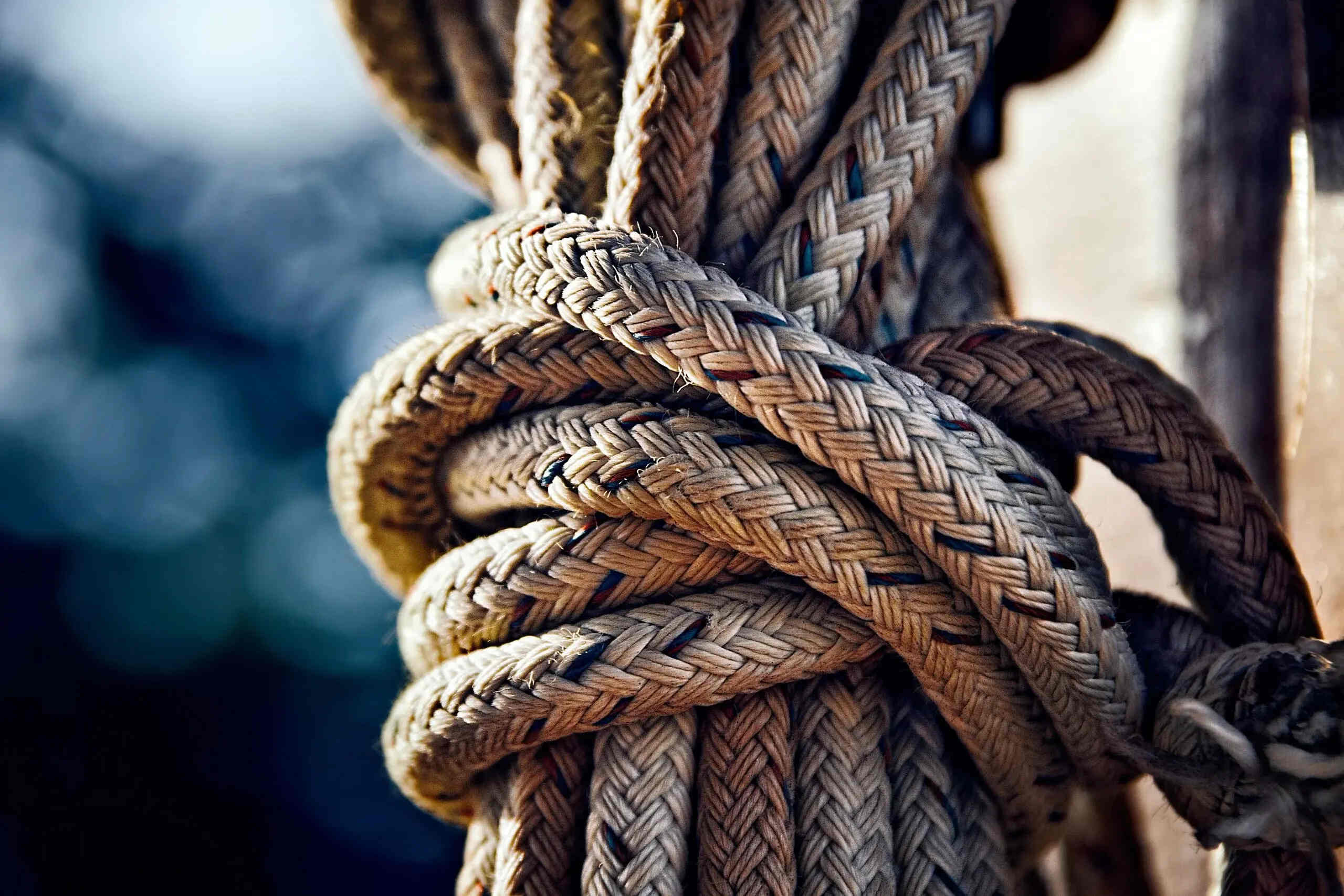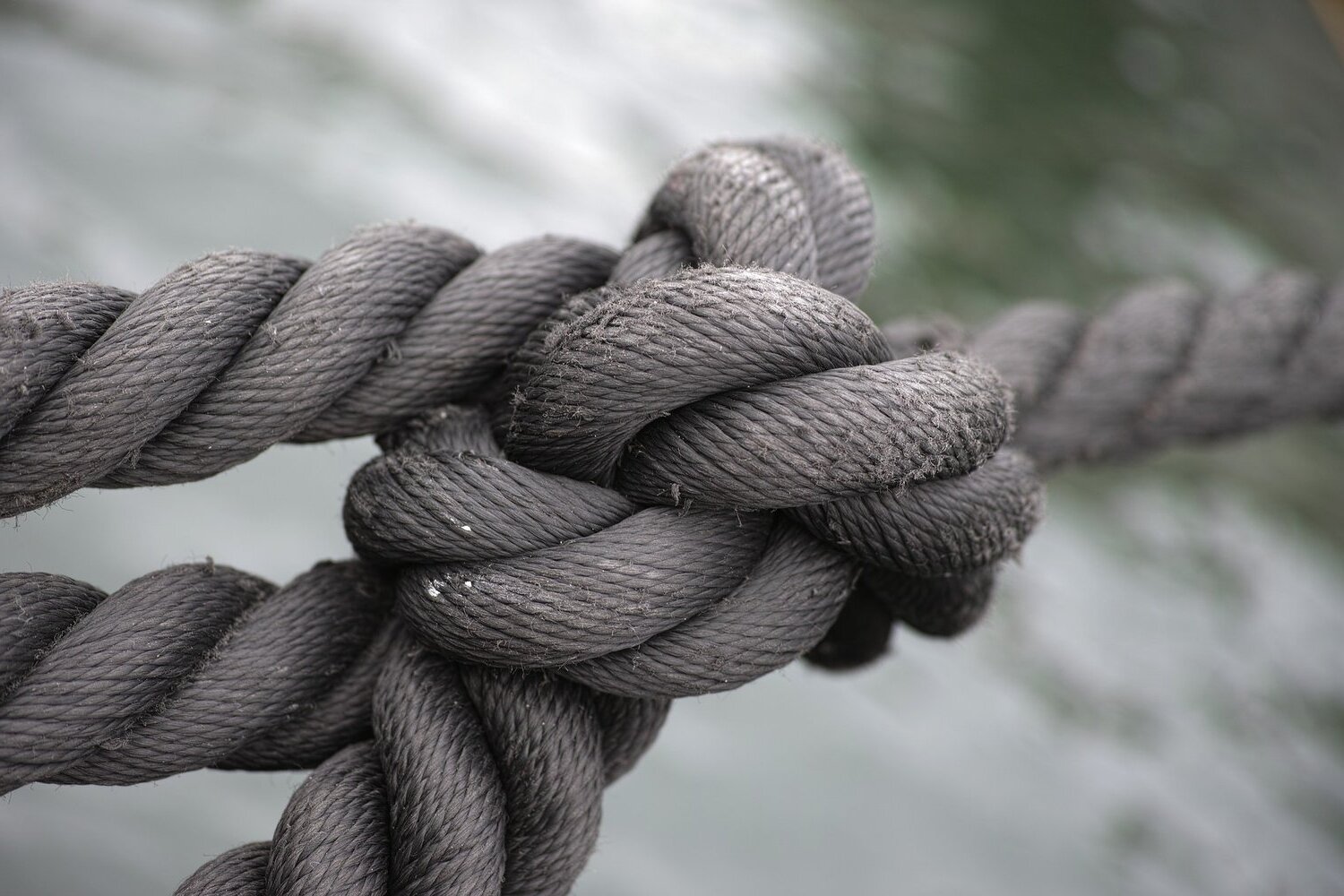
Rope making has a rich history that stretches back thousands of years. From ancient civilizations to modern times, ropes have played a crucial role in various aspects of human life. Did you know that the oldest known rope dates back to around 17,000 BC? Early humans crafted ropes from natural fibers like vines, animal hides, and plant materials. These early ropes were essential for hunting, building shelters, and creating tools. Over time, rope-making techniques evolved, leading to stronger and more durable ropes. In the Middle Ages, rope making became a specialized craft, with ropewalks—long, narrow buildings—dedicated to the production of ropes. Today, ropes are made from a variety of materials, including synthetic fibers, and are used in countless applications, from climbing and sailing to construction and rescue operations.
Key Takeaways:
- Rope making has a rich history dating back to ancient civilizations, with materials and techniques evolving over time to meet various needs, from naval fleets to space exploration.
- Ropes have cultural significance and have been used in religious ceremonies, art forms, and even as symbols of unity and strength in wedding ceremonies.
Ancient Beginnings
Rope making is an ancient craft that has been essential to human civilization for thousands of years. Let's dive into some fascinating facts about its history.
- The oldest known rope dates back to around 17,000 BC, found in the Lascaux caves in France.
- Ancient Egyptians used ropes made from water reed fibers as early as 4000 BC.
- The Egyptians also used ropes for constructing the pyramids, demonstrating their strength and durability.
- In ancient China, hemp was the primary material for rope making, dating back to 2800 BC.
- The Greeks and Romans used ropes extensively in their naval fleets, crucial for sailing and warfare.
Materials and Techniques
Different cultures used various materials and techniques to create ropes, each with unique properties.
- Ancient Indians used coir, derived from coconut husks, which was resistant to saltwater.
- The Vikings used animal hides and sinew to make strong, flexible ropes for their ships.
- In Japan, traditional rope making involved using rice straw and hemp, known as "shimenawa."
- Native Americans used plant fibers like yucca and agave for their ropes.
- Medieval Europeans developed the technique of twisting fibers together to increase rope strength.
Rope Making in the Middle Ages
The Middle Ages saw significant advancements in rope making, driven by the needs of expanding navies and trade.
- Ropewalks, long buildings where ropes were made, became common in Europe during this period.
- The length of a ropewalk could exceed 300 yards, allowing for the production of long, continuous ropes.
- Hemp became the primary material for ropes in Europe due to its strength and availability.
- Sailors often made their own ropes on long voyages, a skill essential for survival at sea.
- The British Royal Navy established official ropeyards in the 16th century to supply their growing fleet.
Industrial Revolution and Beyond
The Industrial Revolution brought about mechanization and new materials, transforming rope making.
- The first rope-making machines were developed in the late 18th century, increasing production speed.
- Steam power was soon harnessed to drive these machines, further boosting efficiency.
- Synthetic materials like nylon and polyester began to replace natural fibers in the 20th century.
- These new materials offered greater strength, durability, and resistance to environmental factors.
- Modern rope making combines traditional techniques with advanced technology for specialized applications.
Rope in Modern Times
Today, ropes are used in a wide range of industries and activities, from construction to recreation.
- Climbing ropes are designed to be lightweight yet incredibly strong, often made from dynamic nylon.
- Marine ropes must withstand harsh conditions, so they are typically made from polypropylene or polyester.
- Arborists use specialized ropes for tree climbing and rigging, ensuring safety and efficiency.
- In space exploration, ropes are used for tethering astronauts during spacewalks.
- The film industry uses ropes for stunts and special effects, requiring precise engineering.
Cultural Significance
Ropes have also held cultural and symbolic significance throughout history.
- In ancient Greece, ropes were used in religious ceremonies and rituals.
- The Japanese practice of "shibari" involves intricate rope bondage, considered an art form.
- Ropes are a symbol of unity and strength in many cultures, often used in wedding ceremonies.
- The phrase "learning the ropes" originated from sailors mastering the complex rigging of ships.
- In some Native American tribes, ropes were used in storytelling, with knots representing different events.
Fun and Unusual Facts
Rope making has some quirky and lesser-known aspects that add to its rich history.
- The world's longest rope, made in 2014, measures over 1,000 miles and was created in the UK.
- Rope skipping, or jump rope, has been a popular children's game for centuries.
- The term "rope-a-dope" in boxing was popularized by Muhammad Ali during his 1974 fight against George Foreman.
- In the 19th century, prisoners were often tasked with making ropes as part of their labor.
- The art of making decorative knots, known as macramé, has seen a resurgence in popularity in recent years.
Rope Making: A Timeless Craft
Rope making has a rich history that spans centuries. From ancient civilizations using natural fibers to modern techniques employing synthetic materials, this craft has evolved significantly. Early Egyptians, Greeks, and Romans relied on ropes for construction, sailing, and daily tasks. Over time, innovations like the ropewalk and machinery revolutionized production, making ropes stronger and more durable.
Understanding the history of rope making gives us a deeper appreciation for this essential tool. Whether used in maritime adventures, mountain climbing, or everyday applications, ropes remain vital. The blend of tradition and technology in rope making showcases human ingenuity and adaptability.
Next time you see a rope, remember its journey through history. It’s not just a simple tool but a testament to human progress and creativity. Keep exploring and appreciating the fascinating stories behind everyday objects.
Frequently Asked Questions
Was this page helpful?
Our commitment to delivering trustworthy and engaging content is at the heart of what we do. Each fact on our site is contributed by real users like you, bringing a wealth of diverse insights and information. To ensure the highest standards of accuracy and reliability, our dedicated editors meticulously review each submission. This process guarantees that the facts we share are not only fascinating but also credible. Trust in our commitment to quality and authenticity as you explore and learn with us.


